20 Best Indoor Plants for Low Light: Thrive in Any Space
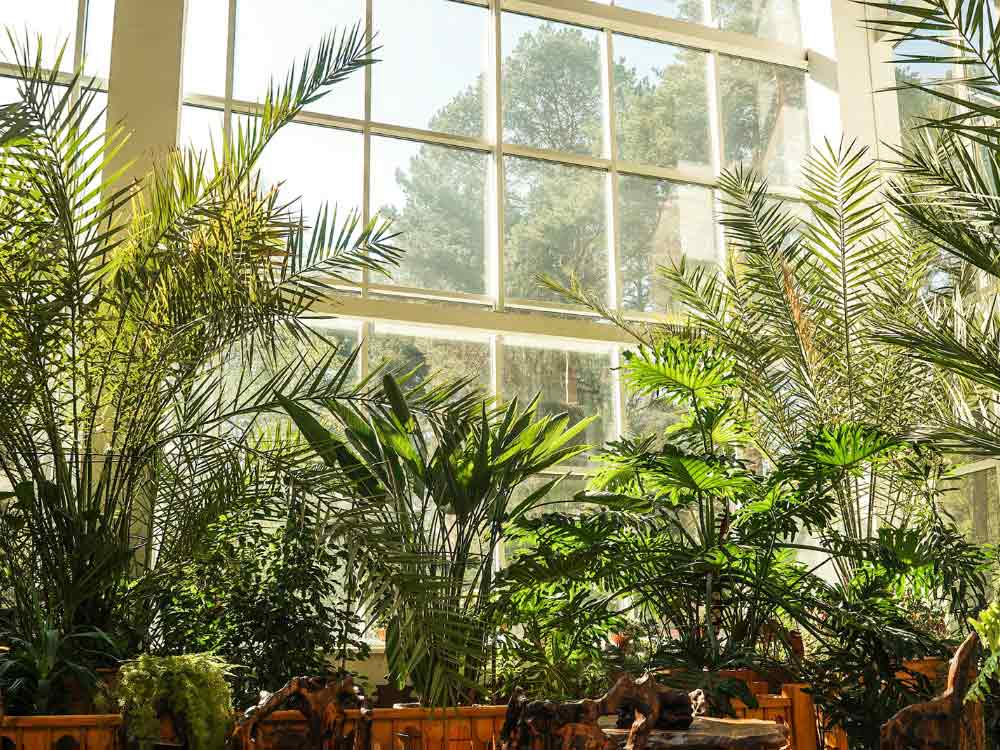
Are you struggling to keep indoor plants alive in your low-light environment? You’re not alone! Many plant enthusiasts face the same challenge, but there’s good news: there are plenty of stunning plants that thrive in less-than-ideal lighting conditions. In fact, studies show that indoor plants can boost your mood and productivity, making them a fantastic addition to any home or office. Let’s dive into the world of low-light plants that not only survive but flourish in dim spaces. You’ll be surprised at the variety and beauty these plants can bring into your life!
1. Snake Plant (Sansevieria)
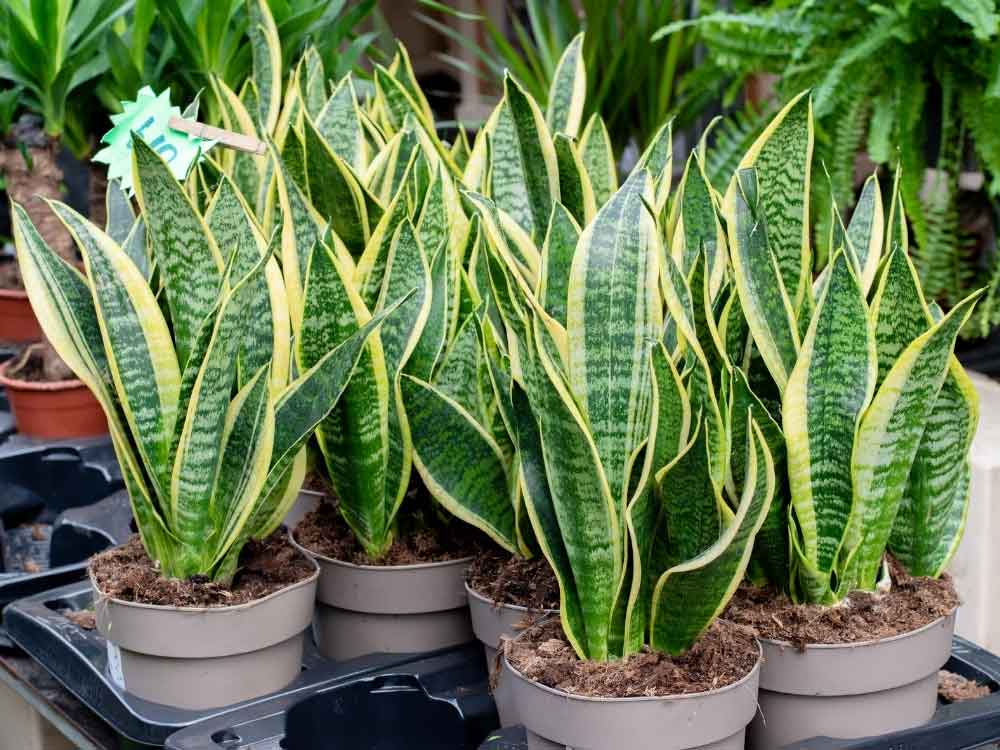
The snake plant, also known as mother-in-law’s tongue, is a popular choice for those seeking low-maintenance greenery. Its upright, sword-like leaves are striking and come in a variety of colors, including green, yellow, and even variegated patterns. Snake plants are excellent air purifiers, removing toxins from the air. They thrive in low light and can tolerate neglect, making them perfect for beginners or those with busy lifestyles.
Care Tips:
- Water sparingly; allow the soil to dry out between waterings.
- Prefers well-draining soil and a pot with drainage holes.
- Can tolerate a range of temperatures but prefers warmth.
2. Pothos (Epipremnum aureum)
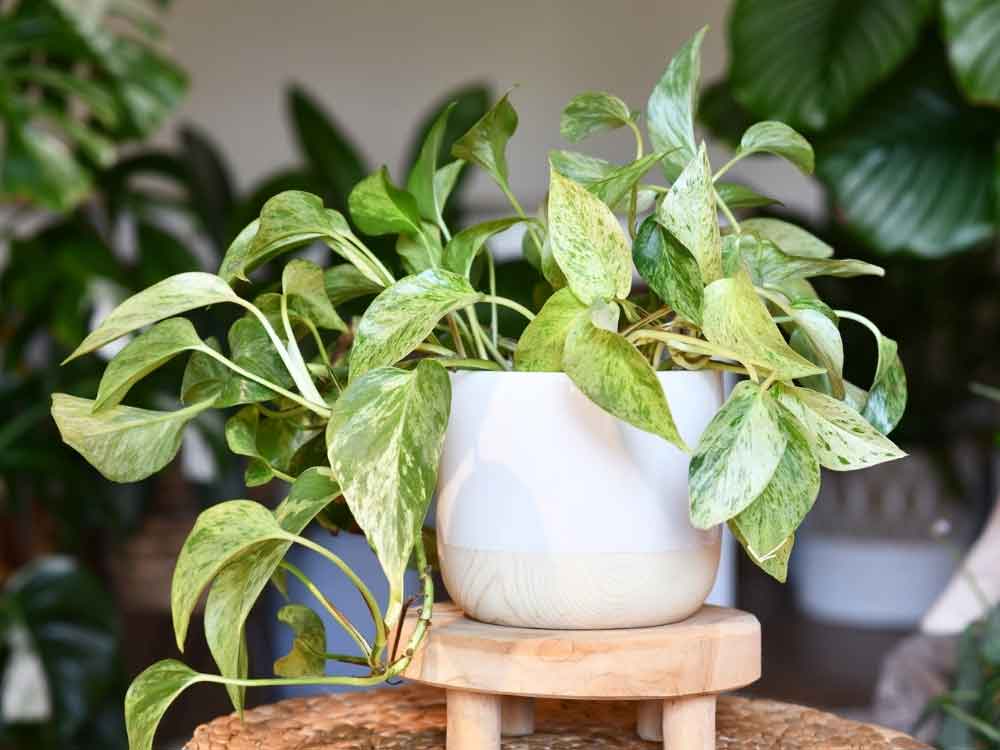
Pothos, commonly known as devil’s ivy, is a fast-growing vine that thrives in low-light conditions. With its heart-shaped leaves and trailing vines, it’s an excellent choice for hanging baskets or shelf displays. Pothos is renowned for its ability to purify indoor air, making it a smart addition to any space.
Care Tips:
- Water when the top inch of soil feels dry.
- Can tolerate low humidity but appreciates occasional misting.
- Prune to encourage bushier growth and prevent leggy vines.
3. ZZ Plant (Zamioculcas zamiifolia)
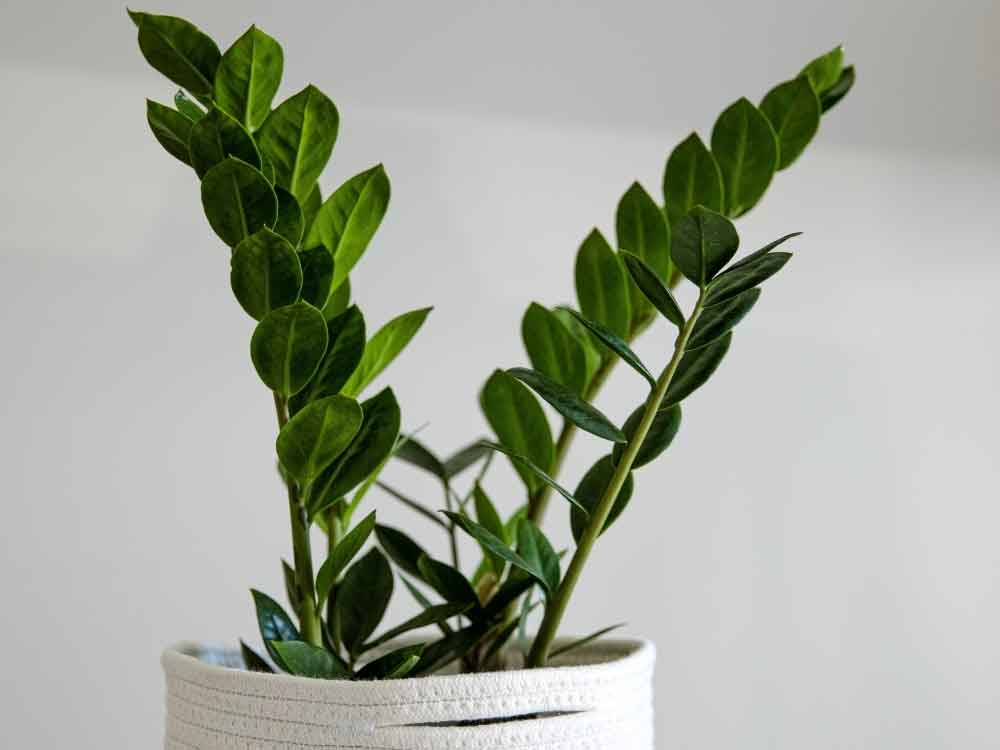
The ZZ plant is an incredibly resilient houseplant with glossy, dark green leaves that catch the light beautifully. It thrives in low light and can withstand periods of drought, making it a favorite among busy plant owners. Its unique appearance and low maintenance make it a great choice for any interior.
Care Tips:
- Allow the soil to dry out completely between waterings.
- Prefers well-draining soil and a pot with drainage holes.
- Avoid direct sunlight, which can scorch the leaves.
4. Peace Lily (Spathiphyllum)
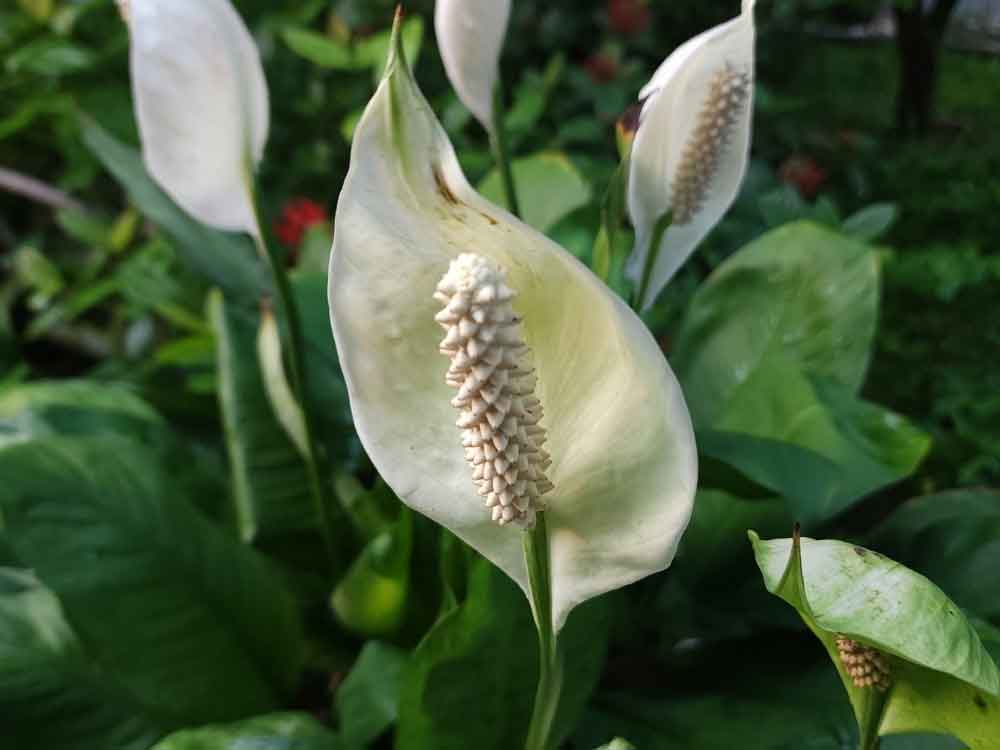
Peace lilies are known for their elegant white flowers and lush green leaves. They can thrive in low-light conditions and are one of the few indoor plants that bloom indoors. Peace lilies not only beautify your space but also improve indoor air quality by removing toxins.
Care Tips:
- Water when the soil is dry to the touch; they will droop when thirsty.
- Prefers indirect light and high humidity.
- Remove spent flowers to encourage new blooms.
5. Spider Plant (Chlorophytum comosum)
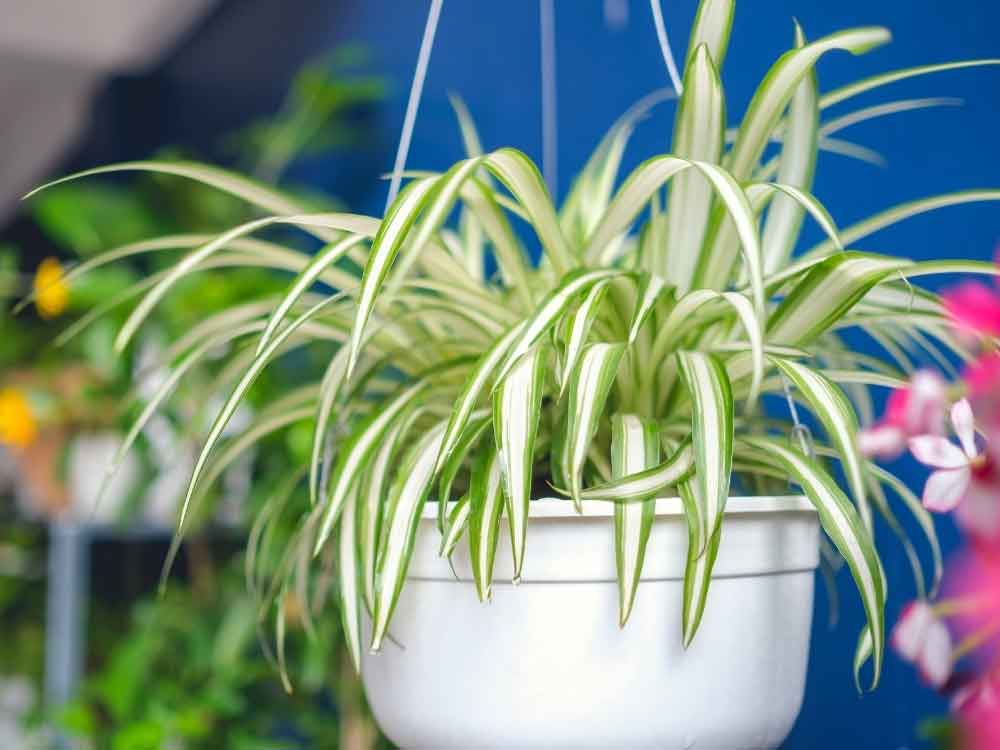
The spider plant is a classic choice for indoor gardening, renowned for its easy care and adaptability. It features long, arching leaves that can develop small “pups,” or offshoots, which can be propagated. Spider plants thrive in low light and are also effective at purifying air.
Care Tips:
- Water when the top inch of soil is dry.
- Enjoys humidity; consider misting or placing it in a bathroom.
- Can tolerate neglect but benefits from occasional feeding.
6. Cast Iron Plant (Aspidistra elatior)
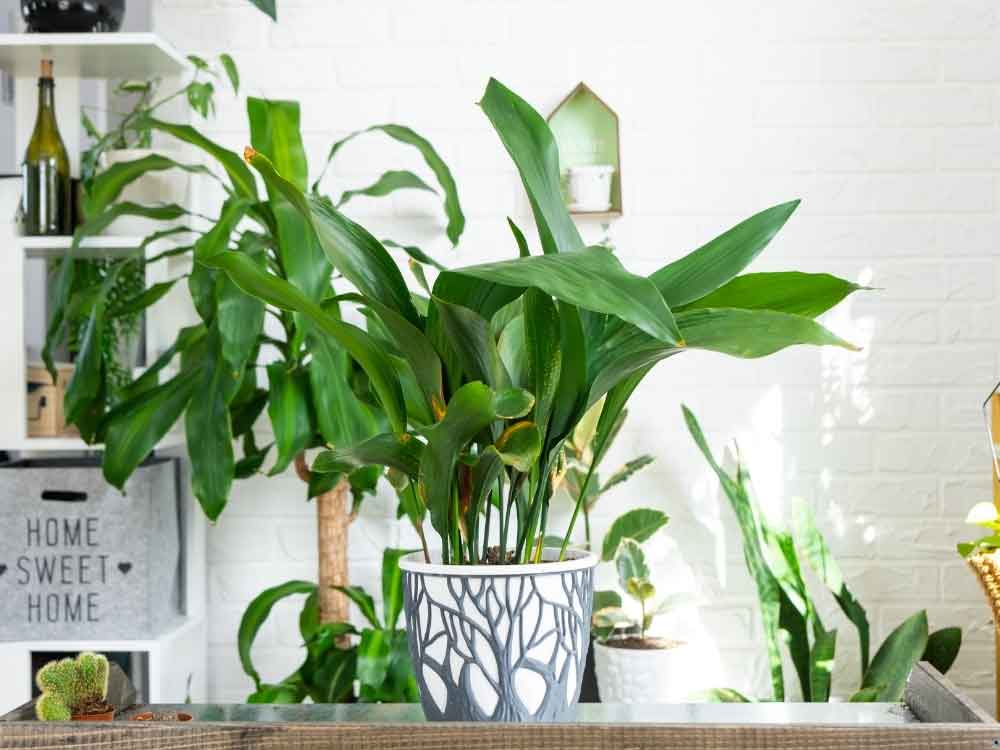
True to its name, the cast iron plant is nearly indestructible. It tolerates neglect, low light, and varying temperatures, making it an ideal choice for beginners. With its broad, dark green leaves, it adds a rich, lush look to any room.
Care Tips:
- Water when the top inch of soil is dry.
- Prefers indirect light but can handle low-light conditions well.
- Fertilize sparingly; it thrives on minimal nutrients.
7. Chinese Evergreen (Aglaonema)
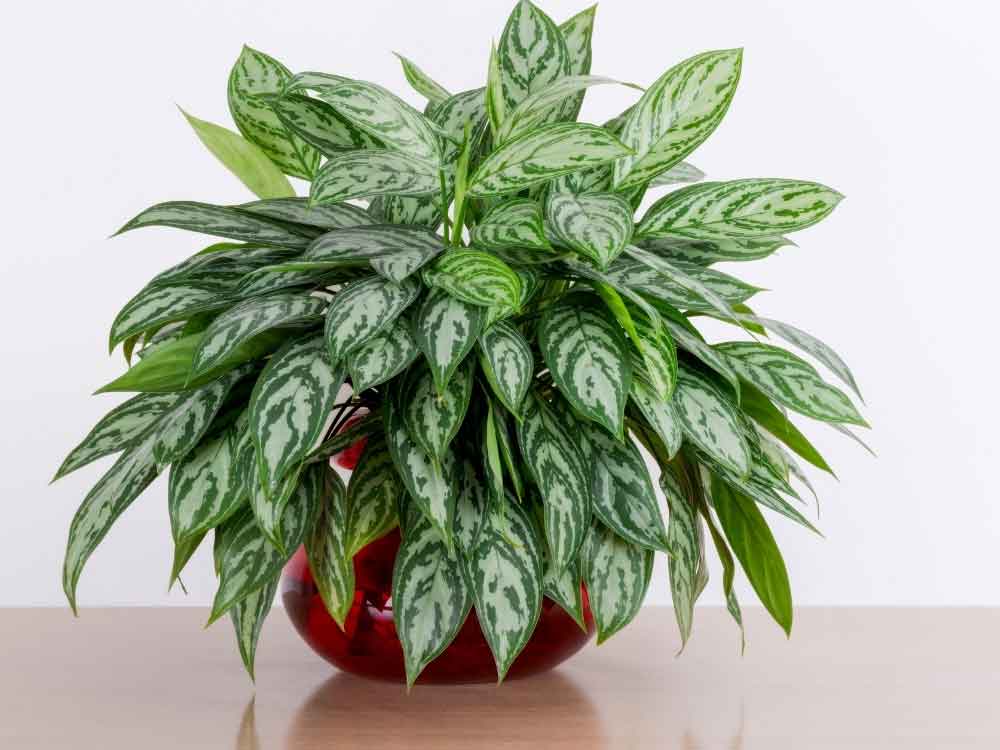
Chinese evergreens are celebrated for their stunning variegated leaves and ability to thrive in low-light environments. They come in various colors and patterns, adding visual interest to your indoor space. Additionally, they’re known for their air-purifying properties.
Care Tips:
- Water when the soil is dry; avoid overwatering.
- Prefers indirect light but can tolerate low light.
- Fertilize during the growing season for best results.
8. Dracaena (Dracaena spp.)
Dracaenas are a diverse group of plants with many varieties featuring colorful foliage. They are perfect for low-light conditions and add a bold touch to any indoor setting. Their unique shapes and sizes can complement various interior styles.
Care Tips:
- Water when the top inch of soil is dry.
- Can tolerate low light but prefers bright, indirect light.
- Keep away from drafts and sudden temperature changes.
9. Boston Fern (Nephrolepis exaltata)
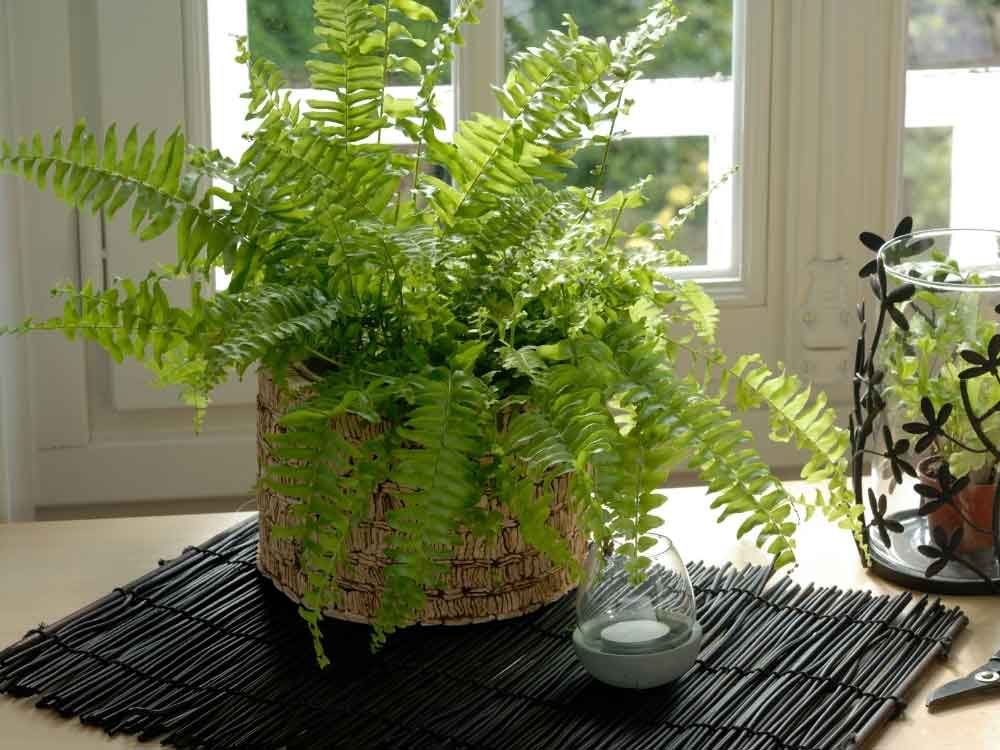
Boston ferns are known for their lush, feathery fronds that can transform any room into a verdant retreat. They thrive in low light and prefer higher humidity levels, making them ideal for bathrooms or kitchens.
Care Tips:
- Keep the soil consistently moist, but not soggy.
- Enjoys humidity; consider misting regularly.
- Place in indirect light to prevent leaf burn.
10. Bamboo Palm (Chamaedorea seifrizii)
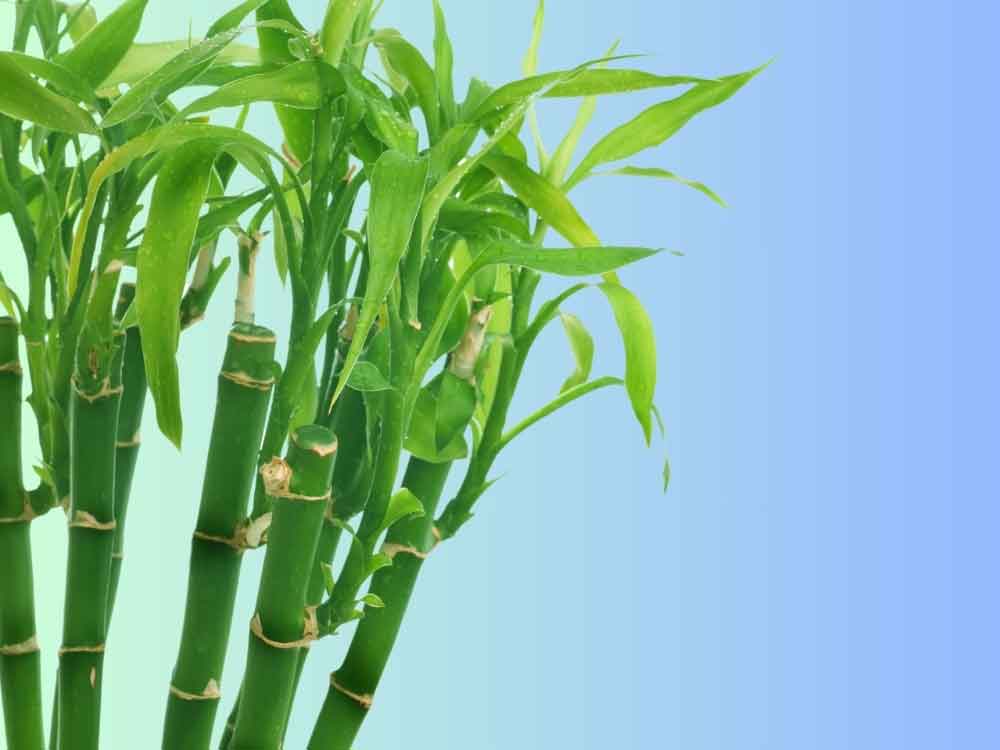
Bamboo palms are elegant plants that thrive in low-light conditions. They add a tropical feel to your space and are effective at filtering indoor air pollutants. Their graceful fronds can enhance the aesthetic of any room.
Care Tips:
- Water when the top inch of soil is dry.
- Prefers indirect light and humidity; consider placing it in a bright room.
- Fertilize during the growing season for optimal growth.
11. Parlor Palm (Chamaedorea elegans)
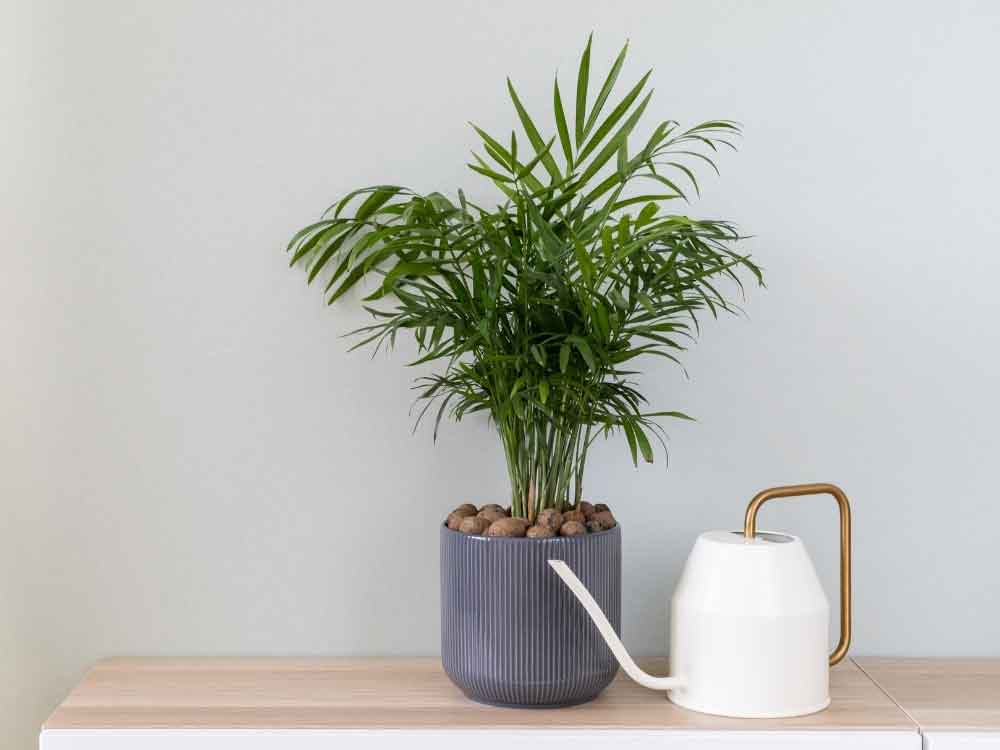
The parlor palm is a slow-growing plant that is perfect for indoor spaces with low light. Its feathery, arching fronds add elegance and sophistication to any setting. This plant is also quite forgiving, making it suitable for beginners.
Care Tips:
- Water when the top inch of soil feels dry.
- Prefers indirect light but can adapt to lower light levels.
- Regularly dust the leaves to keep them clean and healthy.
12. Lady Palm (Rhapis excelsa)
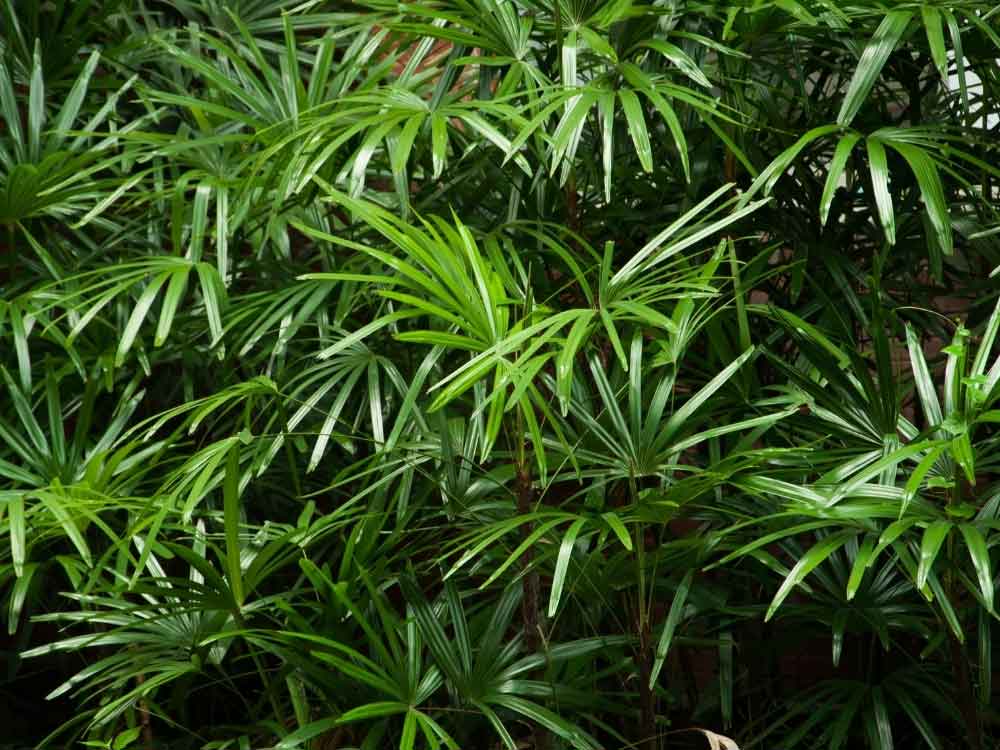
Lady palms are known for their graceful, fan-shaped leaves and ability to thrive in low light. They are excellent air purifiers and add a touch of tropical elegance to indoor spaces.
Care Tips:
- Water when the top inch of soil is dry.
- Thrives in indirect light but can tolerate low light.
- Keep the soil slightly moist during the growing season.
13. Rubber Plant (Ficus elastica)
The rubber plant is known for its large, dramatic leaves that can reach impressive sizes. It can tolerate low light but prefers bright, indirect light for optimal growth. Its striking appearance makes it a standout in any indoor setting.
Care Tips:
- Water when the top inch of soil is dry; they prefer slightly moist soil.
- Enjoys humidity; misting can enhance leaf health.
- Rotate the plant regularly for even growth.
14. Philodendron (Philodendron spp.)
Philodendrons are versatile and come in various species, many of which are well-suited for low-light environments. Their heart-shaped leaves and trailing vines make them ideal for hanging baskets or climbing supports.
Care Tips:
- Water when the top inch of soil is dry.
- Thrives in indirect light but can adapt to low light.
- Prune regularly to maintain shape and promote bushier growth.
15. Arrowhead Plant (Syngonium podophyllum)
The arrowhead plant features beautiful, arrow-shaped leaves that change shape as they mature. It is known for its ability to thrive in low-light conditions and is easy to care for, making it a great option for both beginners and seasoned plant lovers.
Care Tips:
- Water when the top inch of soil is dry.
- Prefers indirect light but can tolerate lower light levels.
- Regularly prune to encourage bushier growth.
16. Fiddle Leaf Fig (Ficus lyrata)
The fiddle leaf fig is a stunning houseplant known for its large, violin-shaped leaves. While it can tolerate low light, it thrives best in bright, indirect light. Its dramatic appearance can serve as a focal point in any room.
Care Tips:
- Water when the top inch of soil is dry; avoid letting it sit in water.
- Rotate the plant regularly to promote even growth.
- Dust the leaves periodically to keep them clean and healthy.
17. Asparagus Fern (Asparagus setaceus)
Asparagus ferns have delicate, feathery foliage that adds texture to indoor spaces. They thrive in low light and prefer humidity, making them ideal for bathrooms or kitchens. Their soft appearance makes them a favorite for hanging baskets.
Care Tips:
- Water regularly to keep the soil consistently moist.
- Enjoys humidity; consider misting or placing it in a humid environment.
- Prune to maintain shape and promote healthy growth.
18. Calathea (Calathea spp.)
Calathea plants are known for their stunning patterned leaves that can brighten up any space. They prefer low light and high humidity, making them a bit more challenging but rewarding for plant enthusiasts.
Care Tips:
- Keep the soil consistently moist but not soggy.
- Prefer indirect light; avoid direct sunlight, which can scorch the leaves.
- Regularly mist to maintain humidity levels.
19. Bromeliad (Bromeliaceae)
Bromeliads are unique and colorful plants that can thrive in low light. They often feature striking blooms and have a rosette shape, making them a great addition to any indoor space. They are also relatively low maintenance.
Care Tips:
- Water the central cup of the plant and keep the soil lightly moist.
- Enjoys indirect light but can tolerate low light.
- Fertilize every couple of months during the growing season.
20. Hoya (Hoya spp.)
Hoyas, also known as wax plants, are unique trailing plants that produce beautiful, fragrant flowers. They can thrive in low light and are relatively easy to care for, making them a popular choice among plant enthusiasts.
Care Tips:
- Water when the top inch of soil feels dry.
- Prefers indirect light but can tolerate lower light conditions.
- Fertilize during the growing season for best results.
Conclusion
Creating a lush indoor environment doesn’t have to be challenging, even in low-light conditions. By incorporating these 20 fantastic plants into your home, you can enjoy the beauty of greenery while improving your air quality and overall well-being. Whether you’re a seasoned plant parent or just starting your journey, these resilient plants will thrive and add vibrancy to your space. Happy planting!






